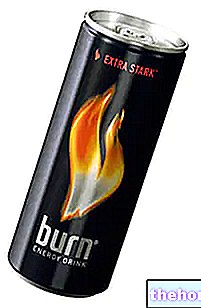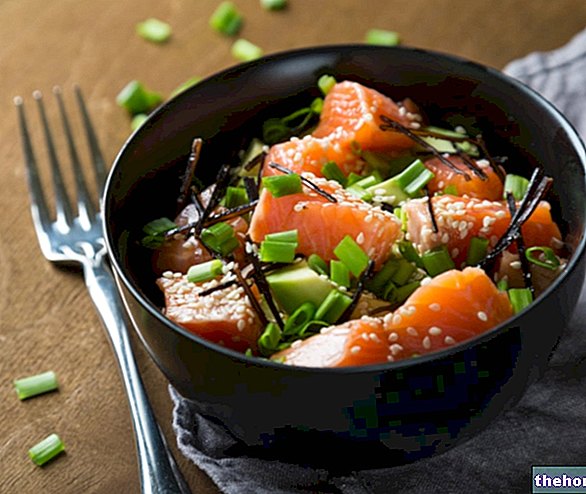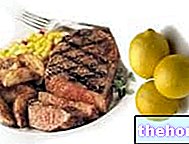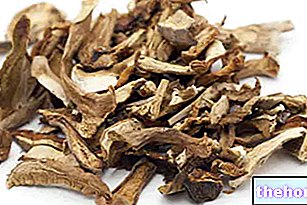Edited by Dr. Loreto Nemi
Viscosity and Thixotropy

Fig. 1 Typical flow curve of pasty materials (here ketchup).
As obtained from an increasing-decreasing stress ramp. The continuous line corresponds to the Herschel-Bulkley model fitted to the decreasing flow curve.
The presence of tomatoes in adequate quantities, in particular polysaccharides, gives the sauce its normal viscosity and thixotropy.
Viscosity is a property of fluids that indicates creep resistance. It depends on the type of fluid and the temperature and is usually indicated with the Greek letter μ or more rarely with the letter η to recall the connection with the coefficient of friction of classical mechanics. In liquids the viscosity decreases as the temperature rises, while in gases it increases.4
Thixotropy is the property of some pseudo-plastic fluids to vary their viscosity when subjected to shear stresses or in the case of long periods of rest. Under these conditions, the fluid can pass from the state of almost solid pasty fat to that of liquid or, more generally, from that of gel to that of liquid. Among the common substances, ketchup sauce is perhaps the best known to manifest this property. When the container is immobile, the sauce appears to have an almost solid consistency, very dense; on the other hand, when the bottle is shaken it becomes very fluid, almost liquid, in a few seconds, and easily comes out of the nozzle.
Shear thinning is an effect for which viscosity decreases with increasing "shear strength or resistance" (fig. 1). Materials that possess shear thinning are called pseudo plastics. Ketchup, blood, paint, some types of polymer solutions have this type of property. The pseudo plasticity can be demonstrated by the fact that shaking a bottle of ketchup changes its viscosity. This force transforms its consistency from dense like that of honey to flowing, more like that of an aqueous liquid.
Ketchup and Diet: Genuine Food?
Ketchup is a product based on tomatoes, vinegar, sugar, spices. Ketchup has a medium-low calorific value, in fact it has about 100 kcal per 100 g, it is difficult to consume more than 20-30 g, therefore an almost negligible intake, moreover it is low in fat.
The danger derives mainly from the food that goes with this sauce: in the case of French fries, ketchup can increase their palatability and cause them to be consumed excessively, highly deleterious for their caloric intake (almost 200 kcal per 100 g).
It is necessary to pay attention to the additives contained in it: they range from harmless preservatives such as potassium sorbate, to the more dangerous (and therefore to be avoided) derivatives of benzoic acid (such as E211), from flavor enhancers (which deceive the taste of the consumer allowing the use of poor raw materials) to synthetic aromas, for which the same indications apply as for flavor enhancers.
Particular attention must be paid to the ingredients that make up the ketchup, due to the fact that, in any case, several companies do not respect the guidelines as they should to produce a final product that is safe for the consumer from all points of view.
Although sauces are drastically eliminated, by subjective choice, from the diet of many people, nothing prevents them from making a correct consumption with a product that must always and in any case respect the authenticity of what is offered.
Therefore pay attention:
→ ai flavor enhancers present (eg: monosodium glutamate5), which can alter the taste confusing the consumer when the sauce contains low quality products;
→ then pay attention to the additives present, preservatives derived from sodium benzoate are to be avoided a priori, for example the "E211, the use of which is prohibited in several countries;
Every good product, ketchup included, should carry a well detailed nutrition label. Unfortunately, the bad habit of not reporting it can be found in several ketchup packages regularly offered on the market.
The ingredients that have gradually found use in the recipes, perhaps go to distort what was the original recipe, however the most important thing is that the ingredients used are fresh and genuine.
In some cases they can improve (according to subjective tastes) what is the original flavor of the sauce; It is obvious that the basic ingredients must not be in a small percentage to respect the production line of the product.
4 Viscosity measures in some way the "cohesion" of the fluid: for example, glass can be interpreted as a very high viscosity fluid. The equation with which the viscosity force is measured, attributed to Isaac Newton, defines an ideal viscous behavior, characterized by a value of the viscosity coefficient independent of the shear stress F./S. and from the flow gradient Δv/Δh. Actually for many fluids the viscosity coefficient μ is far from being constant. A fluid characterized by a non-linear flow gradient response to shear stress is called a non-Newtonian fluid. Non-Newtonian fluids are distinguished in Bingham-like, pseudo-plastic fluids (like ketchup) , dilatants if their behavior is seen as a function of the deformation rate.
5 In 1908 the Japanese chemist Ikeda isolated glutamic acid from a broth of konbu seaweed which contains it in large quantities and indicated it as the source of a flavor (the fifth...) who called umami. Parmesan as well as anchovies are a primary source of monosodium glutamate.
Other articles on "Ketchup: Nutritional Properties"
- Ketchup
- Ketchup and healthy eating




























